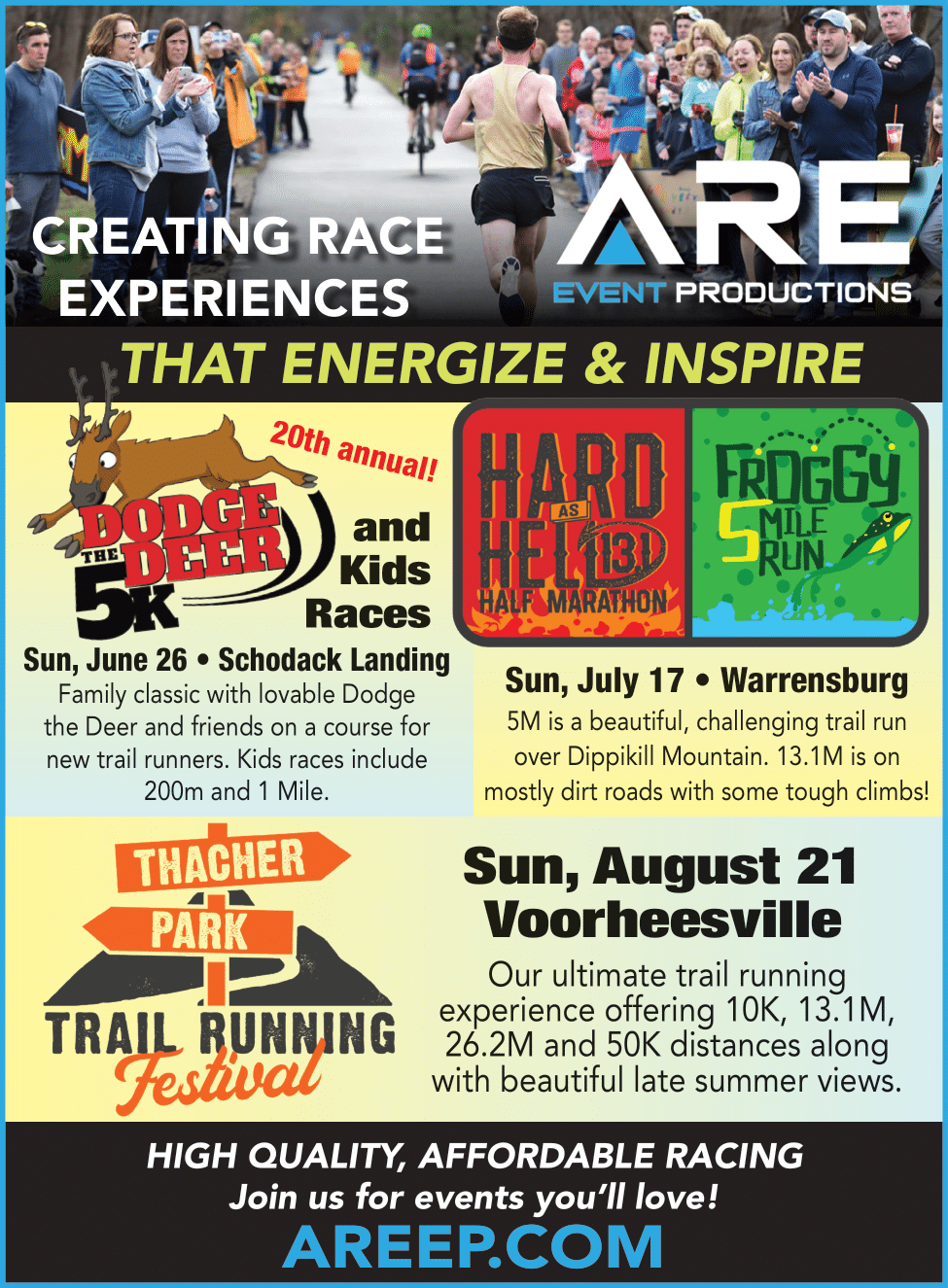Mastering the Craft of Seamless Film Mapping on Arched Monitor for Breathtaking Visual Experiences
Mastering the Craft of Seamless Film Mapping on Arched Monitor for Breathtaking Visual Experiences
Blog Article
Film projection is an exciting technique that enables images and videos to be displayed onto areas, creating breathtaking visual encounters. When it comes to curved areas, mastering this craft can be a bit more difficult than projecting onto flat planes. Rounded surfaces can include various elements from the facades of structures to sculptures and even stages. Grasping how to efficiently map videos onto these forms is crucial for artists, design professionals, and event planners who want to develop engaging settings that captivate audiences.
The initial step in footage projection on curved surfaces is to comprehend the shape of the surface. Rounded surfaces can be intricate, with different degrees of curvature. To achieve a seamless display, it is vital to create a 3D model of the surface. This representation helps in imagining how the video will appear when cast. Software tools are accessible that permit users to create these models and simulate the display. By accurately mapping the dimensions and shapes of the area, designers can guarantee that the footage matches perfectly without distortion.
Once the 3D model is prepared, the following phase is to edit the video material. This involves modifying the footage to suit the particular shape and size of the curved area. It is crucial these details to take into account the perspectives and sightlines from which the audience will observe the projection. The content should be designed to improve the aesthetic experience, making it engaging and relevant to the concept of the occasion or installation. Using premium graphics and motion graphics can greatly enhance the total impact of the projection.
After editing the material, the real display procedure begins. This involves setting up the devices at the appropriate positions and spaces to guarantee that the footage matches with the 3D representation. Calibration is a key part of this procedure. It may require adjusting the luminosity, differentiation, and focus of the projectors to achieve the best results. Additionally, using several projectors may be required to encompass larger or more complex surfaces. This technique, known as seamless projection, helps create a seamless image across the entire surface.
Ultimately, testing the projection is crucial before the conclusive presentation. This allows designers to make any required adjustments to the footage and device settings. It is also an opportunity to see how the viewers will experience the projection from different perspectives. By ensuring that the footage projection is flawless, designers can provide a stunning visual encounter that leaves a lasting impression. Perfecting video mapping on rounded surfaces not only enhances artistic output but also creates new possibilities for storytelling and viewer engagement in various environments.